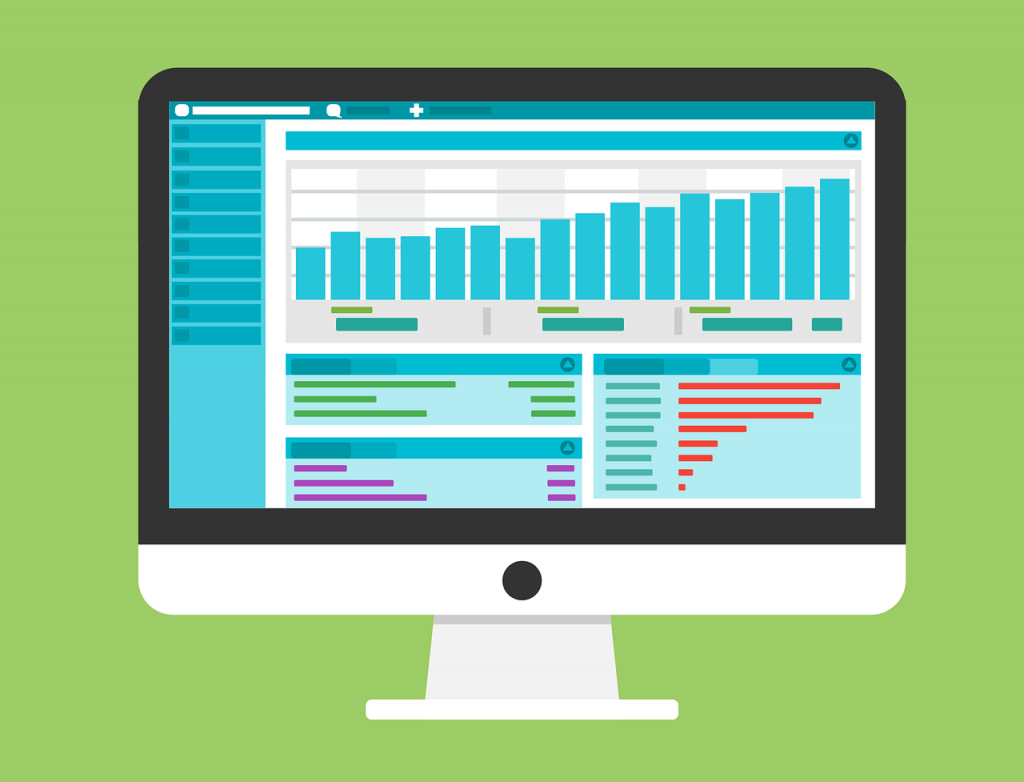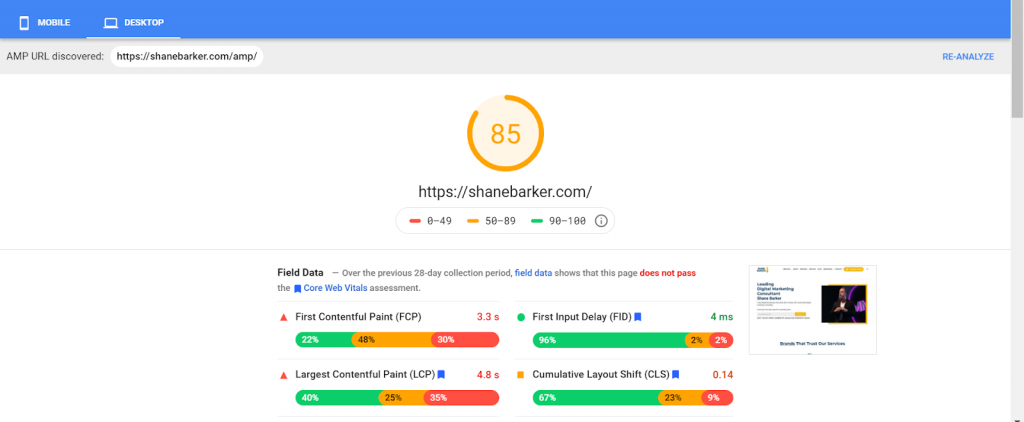Website design not only improves the user experience but also helps increase your traffic.
How?
When your website design is done better, it also means that the search engines will be able to discover your content easily.
Additionally, people visiting your website will likely spend more time on it as it’ll be more aesthetically pleasing for them.
As a result, the longer time on site and reduced bounce rate will help you improve your SEO further.
This, in turn, will give a boost to your website traffic.
But how can you improve your website design?
Here are some of the most effective web design tips that you can leverage to improve your website traffic:

Top Web Design Tips to Improve Your User Experience
Here are some of the finest web design tips.
1. Improve Page Loading Speed
Your website’s page loading speed directly affects the user experience. If your pages take too long to load, it’s likely that your visitors may bounce away to other websites.
After all, no one likes to wait for too long for a page to load.
Additionally, page speed is also a ranking factor when it comes to SEO. It’s thus crucial to improve your page speed to get more traffic.
How can you achieve that?
Also Read:
- Effective Web Design Elements for You to Grow Your Business Exponentially
- 10 Best Tips for Web Design That Drives Sales
- The Basic Do’s and Don’ts of Effective Web Design
To improve your page loading speed, you should focus on decluttering your website. This can be done by removing unnecessary plugins, CSS, HTML, and JavaScript files. You should also try to minify the files to reduce the bandwidth that they utilize.
What else?
It helps to truncate your images and reduce their sizes. You must also try to reduce the number of HTTP requests. Leveraging a content delivery network (CDN) can help with this as well.
To check your page loading speed, you can use Google PageSpeed Insights. It’ll also show you some of the improvements that you should consider making to improve the speed.
Image via PageSpeed Insights
2. Leverage Visuals
While you may have designed a stellar website, it will fail to make an impact if it doesn’t have enough visual content.
This is because visuals tend to make the website more appealing. Nobody wants to read through walls of text and that’s why visuals can be a great way to bring in much-needed diversity in your content types.
So, you should consider adding images and videos to your website to make it more engaging.
Yet another advantage of images and videos is that they get indexed on Google separately. As a result, they can help drive traffic to your website as well.
To get such powerful visuals, it’s essential to do visual designing well.
3. Use Your White Space Well
The white space on your website doesn’t really display anything. However, it’s a critical component of your website.
Why?
It helps reduce the visual overload and helps declutter your web page.
Else, all the components of the page appear to be cluttered and this can affect the readability and browsing experience of your website.
So, while adding visuals to your website, make sure that you leave ample white space that will remain empty.
You can easily do this by using drag-and-drop website builders.
4. Change Your Fonts
While fonts may seem like an attractive option to add a splash of design and style to your website, you should choose them carefully.
The main factor that you need to consider while choosing fonts is that of readability. While some fonts may appear visually appealing, they may not be easy to read.
On the other hand, simple fonts like Arial and Helvetica can be easily read.
But that’s not all…
When you’re making a website, you also need to pay attention to the font color. The colors must be in contrast to the background to aid readability.
When the readability improves, people will stick around on your website for longer.
This, in turn, will positively impact your SEO.
5. Adopt Responsive Design
If you’ve designed a website and haven’t implemented responsive design yet, you’re likely missing out on a major chunk of traffic.
Nearly 52% of global traffic now comes from mobile devices. And if your website isn’t responsive, the browsing experience on mobile devices will be extremely poor.
A responsive layout ensures that your website is able to deliver a consistent browsing experience across devices of varying screen sizes.
This, in turn, will mean that people will spend more time on your website.
As a result, the bounce rates will be reduced and the time on site will increase, which will positively impact your SEO and drive more traffic.
6. Incorporate a Blog
Adding a blog to your website can have a tremendous impact on your traffic. It helps improve the number of indexed pages on the search engines as blog posts are full of helpful content.
Blog posts can get indexed on search engines for numerous keywords, unlike your regular pages that don’t rely as much on content.
Frequently posting high-quality blog posts and adding relevant keywords to them can help you increase your indexed pages.
But how can you create such content?
There are several tools that can help you write content and improve its quality.
Once the pages are indexed and people start discovering them, Google will boost your blog posts higher up in the search engine results pages (SERPs) if people find them useful.
Why? Because search engines strive to deliver content that can help people.
So, if your content is helpful, it’ll definitely rise up in the SERPs. This, in turn, will mean that more people will discover it and this can help drive even more traffic to your website.
Final Thoughts
Making web design changes can drastically improve your website’s performance and can play a crucial role in driving traffic to it too.
You can reduce the sizes of your website components and deliver them quickly to improve your page speed. Additionally, by adding visuals, you can improve your engagement and get more traffic.
What’s more?
It’s equally important to keep white space on your website and use the right font to improve the readability.
Adding a blog also helps you improve the number of indexed pages and that helps drive a lot of traffic to your website too and helps make money too.
Finally, you must create a website with a responsive design to ensure that it delivers a great browsing experience.
Do you have any questions about the web design tips mentioned above? Let us know in the comments and we’ll answer them.

